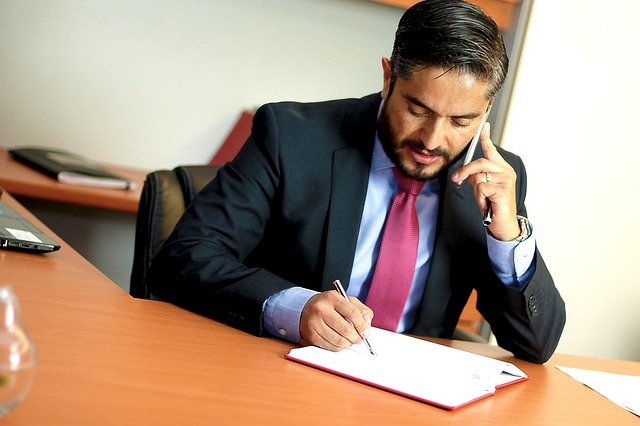What is a bankruptcy trustee?
In Utah a bankruptcy trustee is an individual appointed by the U.S. Trustee’s office to oversee a bankruptcy case. The role of a bankruptcy trustee is to act as a neutral third-party in the bankruptcy process, with the following responsibilities:
- Administering the bankruptcy estate: The trustee is responsible for managing and distributing the assets of the bankruptcy estate, which includes all property of the debtor that is not exempt from being sold to pay off creditors.
- Reviewing the debtor’s bankruptcy petition and supporting documentation: The trustee is responsible for reviewing the debtor’s bankruptcy petition, schedules, and other supporting documentation to ensure that all required information is provided and that the petition is complete and accurate.
- Holding a meeting of creditors: The trustee is responsible for conducting a meeting of creditors, also known as a 341 meeting, where the debtor is questioned under oath about their financial situation and the assets they have disclosed in their bankruptcy petition.
- Objecting to discharge or dischargeability: The trustee can object to a debtor’s discharge of debts if they believe that the debtor has engaged in fraudulent or other inappropriate behavior, such as hiding assets or incurring debts with the intention of discharging them in bankruptcy.
- Recovering assets for the benefit of creditors: The trustee is responsible for pursuing any recoverable assets that belong to the bankruptcy estate, such as assets that were transferred fraudulently or assets that were not disclosed in the bankruptcy petition.
The role of a bankruptcy trustee is to act as a neutral third-party in the bankruptcy process and to oversee the administration of the bankruptcy case. The trustee is responsible for a number of important duties, including administering the bankruptcy estate, reviewing the debtor’s bankruptcy petition, conducting a meeting of creditors, objecting to discharge or dischargeability, and recovering assets for the benefit of creditors.
